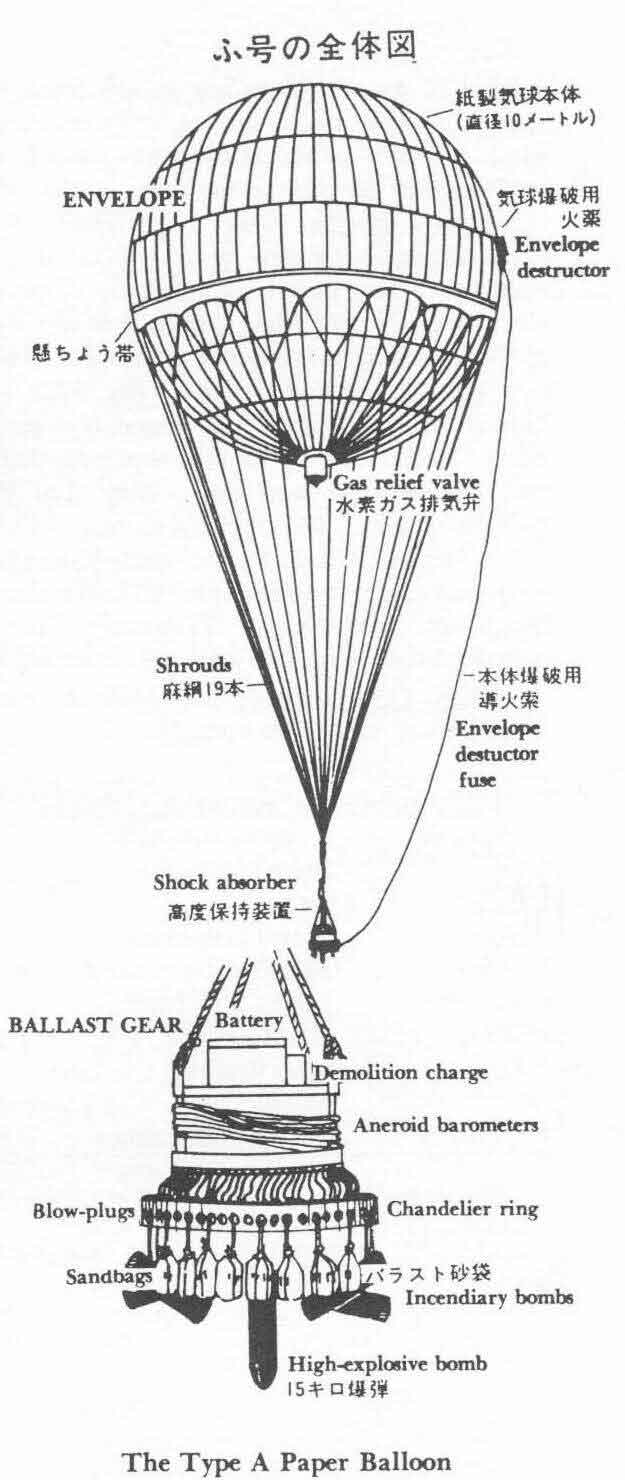Here's a few links. You have models of some, but not all:
Grumman F3F. This was the Navy's advanced dive bomber and gunnery trainer at the beginning of WWII. There were plenty of them in San Diego and Hawaii when Pearl Harbor was hit. This was the last operational biplane fighter for the US.
P-40 Warhawk. This was flown by the famous 'Flying Tigers' in China prior to WWII.
F4F Wildcat, also by Grumman. This was a carrier born fighter used in the Pacific during the opening period of the war.
F6F Hellcat superceded the Wildcat. Used in the Pacific, also from carriers.
The Vought F4U Corsair came about and flew around the same time as the F6F and through the rest of the war in the Pacific. It went through many changes, and is notable due to the extreme performance of the powerplant as well as the airframe. The radial engines were bulletproof, and supercharged to extreme power levels. It was a pretty docile handling aircraft compared to many others at the time.
Republic P-47 Thunderbolt. Basically a bomber nacelle on steroids. A huge, super/turbo-charged radial engine producing a ton of power. Carried an enormous amount of armor and could handle bomb loads that would rival twin engine aircraft. It had 8 .50 caliber machine guns which also made it a formidable ground pounder.
P-38 lightning. was one of the biggest piston driven fighters of the war. Twin engined and fast as all get-out, it was the brain child of Kelly Johnson (who later on developed the SR-71 and F-117 stealth fighter). It was an aerodynamic marvel and hot-rod that was able to operate at high and low altitude and held quite the armament. Multiple variants were built, including light bombers, camera planes (with clear noses), gun platforms that had their armament protruding through the nose. Though designed as a fighter, it didn't roll as fast as it's contemporaries, so it would often be used for ground attack and bomber interdiction.
North American P-51 Mustang. This plane was designed and built rapidly. It's sole function was as a long range escort for deep daylight bombing campaigns over Europe. It's notable for using a European V-12 water-cooled engine (most US designs favored radials), and having a 'laminar flow' wing which was very low drag, but didn't turn worth a damn. The low drag was necessary for the long ranges. Also issued in multiple models, the 'D' variant was most popular.
The P-61 black widow was flown in both the Pacific and in Europe. It operated primarily as a night fighter. Equipped with early radar and electronic aiming systems. It was never produced in as significant a number as most of the other aircraft, but did fill a niche.
The A6M Zero was light, fast, and small (tough to shoot). It was the foremost adversary in the pacific air war. There are plenty of Japanese planes that flew along side them, but this one is the most notable.
Supermarine Spitfire. Recognizeable due to the elliptical wing planform, which has excellent stall characteristics but is a total pain in the *** to fabricate and repair. The spitfire saw many different version through the war and was powered by a V-12 called the "Merlin" that later powered multiple US aircraft as well.
Then there's the bombers.
The North American B-25 Mitchell was a twin engine light bomber that was outfitted in multiple variants. Including one that housed a 70mm howitzer! They were configured for ground attack with 37mm, .50 cal, and .30 cal guns as well as used for low-altitude penetration bombing. This was the bomber flown by the Doolittle Raiders who departed from aircraft carriers and hit Tokyo barely 5 months after Japan attacked Pearl Harbor. It was a near suicide mission, and a huge part of WWII history.
B-17 Flying Fortress was a 4 engined long range heavy bomber. Used primarily in the European theater, though their early operation was in and around Hawaii prior to the war.
I don't see one in the collection, but the
consolidated B-24 Liberator was the most produced bomber during WWII. It too was a long range heavy bomber. Ugly as sin, and a wing spar that was prone to cracking, but a workhorse nonetheless.
The Boeing B-29/B-50 Superfortress was the successor to the B-17. It is notable for being the type used extensively toward the end of the war in the Pacific. The Enola Gay and Bockscar dropped the bombs on Hiroshima and Nagasaki, respectively, in 1945. They were one of the last piston-driven bombers to be produced by the USA prior to the jet age.


















